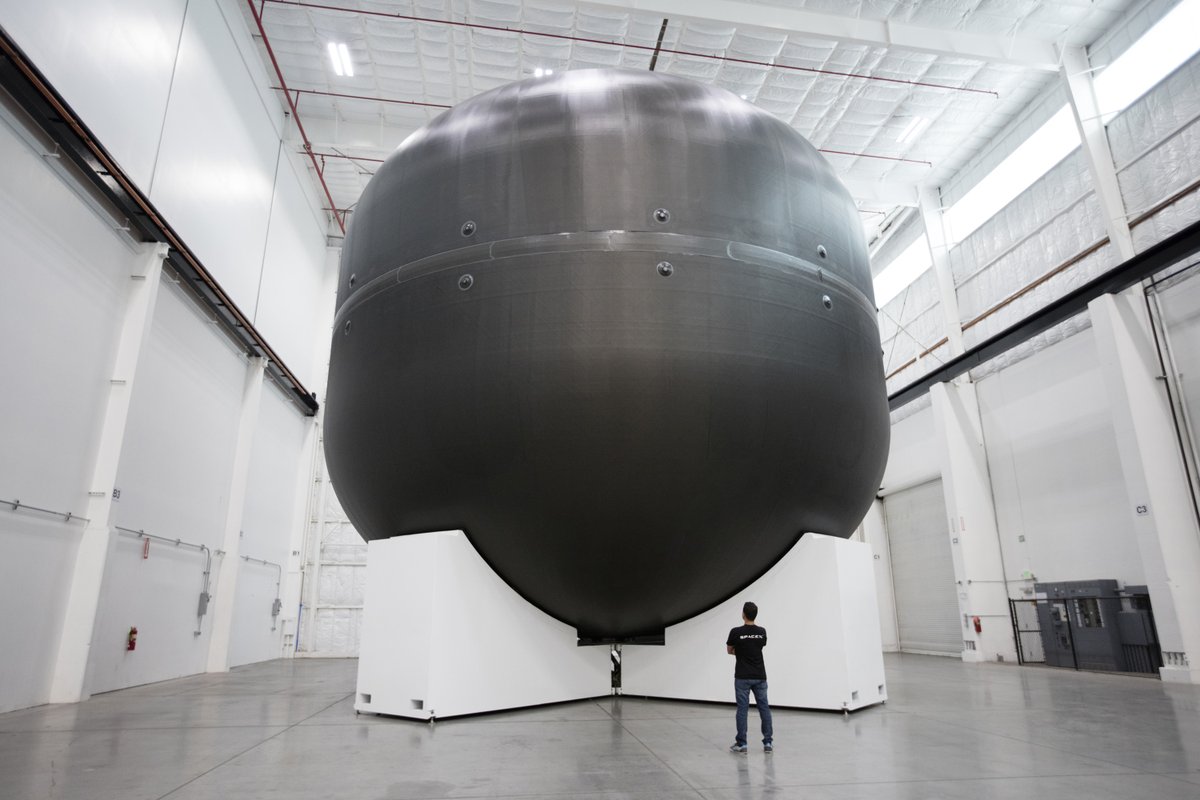Last Sunday, Elon Musk hosted an “Ask Me Anything” thread on Reddit, where he answered some questions about his plans of colonizing Mars.
He talked about the equipment for refueling operations and the Interplanetary Transport System (ITS), the latest of SpaceX’s ambitious spaceships. SpaceX’s CEO also brought up the giant carbon-fiber fuel tank that will be the core of the ITS. He referred to it as “the hardest part of the spaceship” at the International Aeronautical Congress.

What’s to come for the race to Mars
In the following weeks, SpaceX will test the new and improved fuel tank, which is as large as a small building. The ITS will accommodate the tank as it will fly much easier thanks to its lowered mass ratio.
Elon Musk also revealed that the current designs for Martian human life will be geodesic domes made out of glass panes, with the assistance of mining droids that will dig pressurized caves for performing industrial operations.
The goal is to reach the Red Planet every 26 months, which is the amount of time between Earth and Mars’ alignment.
Although Musk answered only a handful of general questions about rocket boosters and spacecraft design, he did not explain how the Martian radiation would affect colonists and if there are any plans of intensive preparation procedures for whoever wishes to travel to Mars.
According to past statements, Elon Musk plans to colonize Mars in less than 100 years. The first Martian astronauts would be individuals that could help work out the Martian space travel station, which would help refuel round trips to and from Earth. Each subsequent trip will be carrying more and more people, achieving an average of 100 passengers per trip.
At the International Aeronautical Congress, Musk revealed that the next unmanned test mission to Mars will probably occur on 2018 and the first crewed mission could take place in 2022. Red Dragon would be the spacecraft to be propelled by a Falcon Heavy rocket in a couple of years.
The Falcon Heavy has been attributed as widely capable of performing several missions directed at the entirety of the solar system, but so far, most efforts have been placed on traveling to Mars. When Falcon Heavy gets at a 6-month distance from Mars it will launch Red Dragon, which is set to land on the Martian surface. NASA will also participate in the Red Dragon launch to learn from the data collected by SpaceX’s novel spaceflight maneuvers.
On the other hand, Musk also confessed that the “ITS” name for the spacecraft was not to his liking, as he internally refers to the vehicle as “Big F—ing Rocket.” But nonetheless, the ITS will be designed for comfort and safety, as passengers will remain in the upper portions of the spacecraft and the fuel tank and engines at the base. A ticket to board the spacecraft will cost around $200,000.
Musk suggests that a successful Martian colony would have to host at least one million residents, which calls for the need of sustainable and consistent space travel, something that’s present as one of SpaceX’s main objectives.
Source: Reddit
